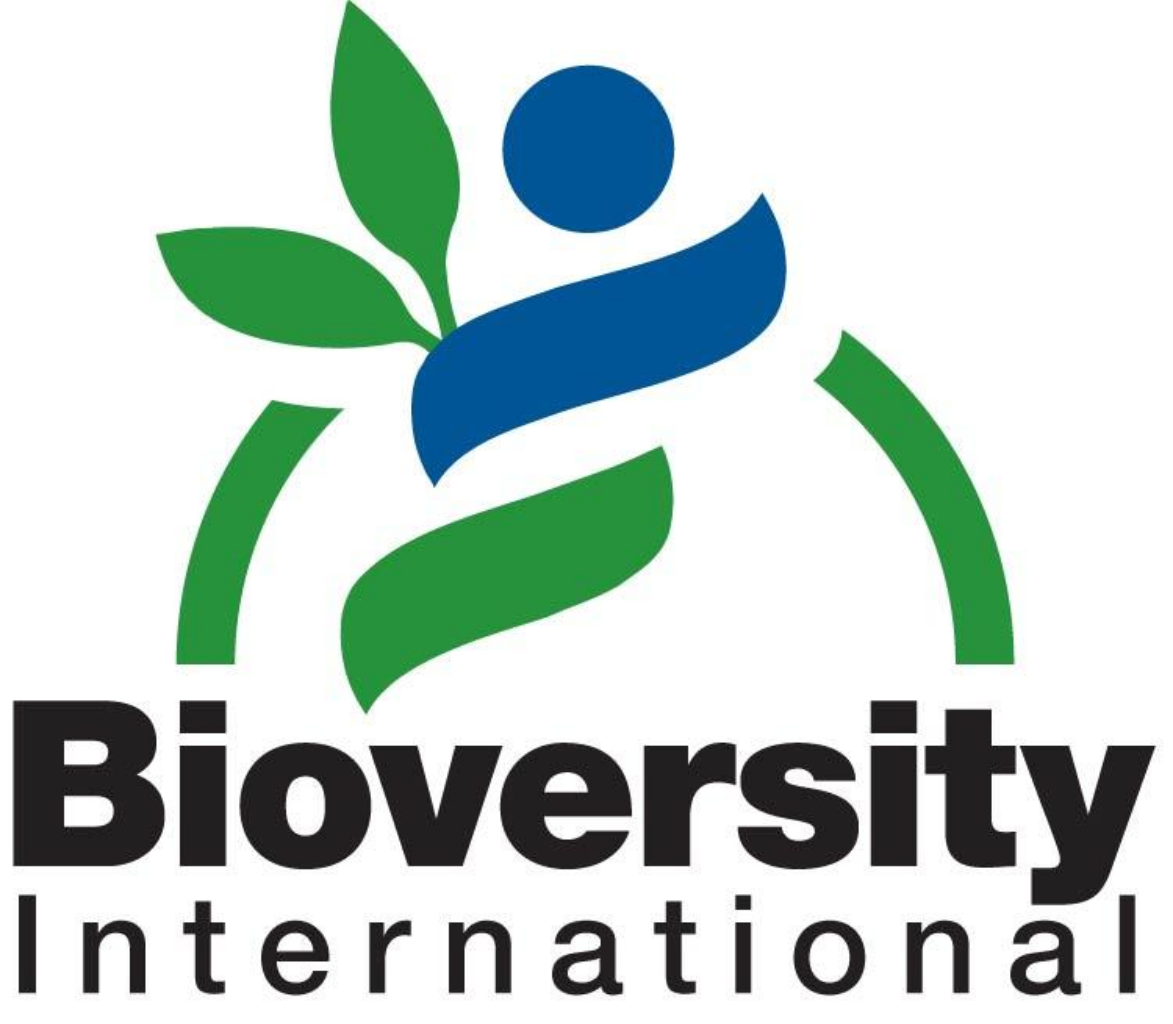Location
Bioversity International is a global research-for-development organization. We have a vision – that agricultural biodiversity nourishes people and sustains the planet.
We deliver scientific evidence, management practices and policy options to use and safeguard agricultural and tree biodiversity to attain sustainable global food and nutrition security.
We work with partners in low-income countries in different regions where agricultural and tree biodiversity can contribute to improved nutrition, resilience, productivity and climate change adaptation.
Members:
Resources
Displaying 6 - 10 of 184Guidelines for equitable and sustainable non-timber forest product management
How can we improve local livelihoods while maintaining forest biodiversity and strengthening sustainable forest management in a socially inclusive and just manner? These guidelines present practical strategies and field examples for the inclusive and sustainable extraction, sale and management of forest products, particularly NTFPs. They build upon the framework of the Community Biodiversity Management approach in which three outcomes are sought; (1) community empowerment and social equity, (2) biodiversity conservation and (3) livelihood development (Sthapit et al. 2016).
Investigacion y política sobre concesiones forestales comunitarias en Petén, Guatemala: Lecciones aprendidas y desafíos pendientes
Integrating local knowledge and remote sensing for eco-type classification map in the Barotse Floodplain, Zambia
This eco-type map presents land units with distinct vegetation and exposure to floods (or droughts) in three villages in the Barotseland, Zambia. The knowledge and eco-types descriptions were collected from participatory mapping and focus group discussions with 77 participants from Mapungu, Lealui, and Nalitoya. We used two Landsat 8 Enhanced Thematic Mapper (TM) images taken in March 24th and July 14th, 2014 (path 175, row 71) to calculate water level and vegetation type which are the two main criteria used by Lozi People for differentiating eco-types.
Suitability of key Central American agroforestry species under future climates: an Atlas.
This atlas provides habitat suitability maps for 54 species that are widely used in Central America for shade in coffee or cocoa agroforestry systems. The 54 species represent 24 fruit species, 24 timber species and 6 species used for soil fertility improvement. Suitability maps correspond to the baseline climate (1960-1990) and 2050 climates predicted for Representative Concentration Pathways (RCP) 4.5 and 8.5. Habitat was classified as suitable in future climates if a minimum of 12 out of 17 downscaled Global Circulation Models predicted suitable climates.
Gender bias affects forests worldwide
Gender biases persist in forestry research and practice. These biases result in reduced scientific rigor and inequitable, ineffective, and less efficient policies, programs, and interventions. Drawing from a two-volume collection of current and classic analyses on gender in forests, we outline five persistent and inter-related themes: gendered governance, tree tenure, forest spaces, division of labor, and ecological knowledge.


